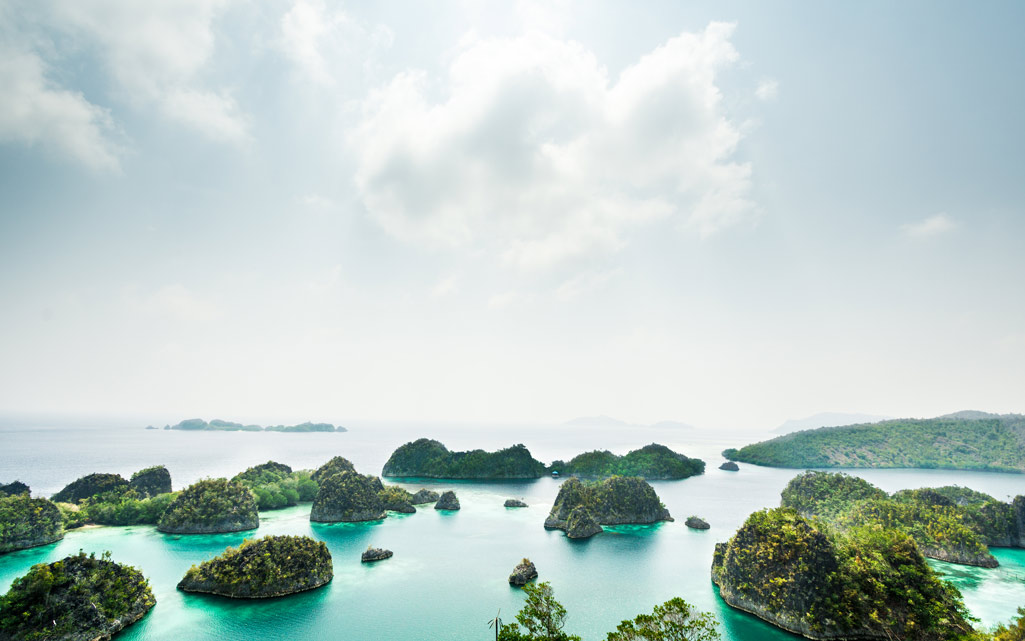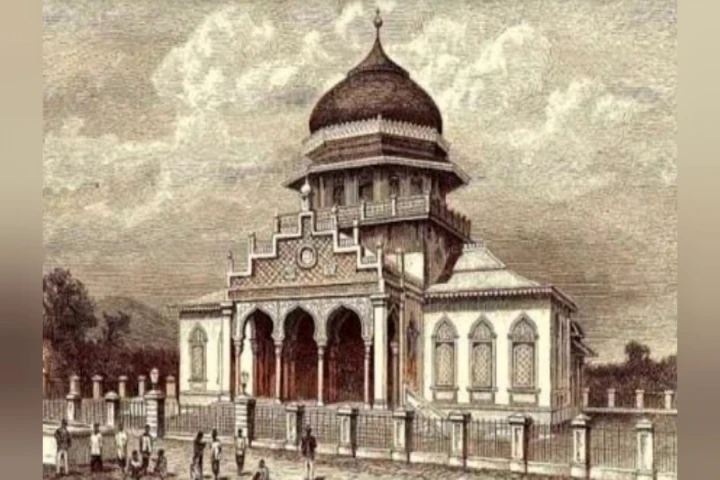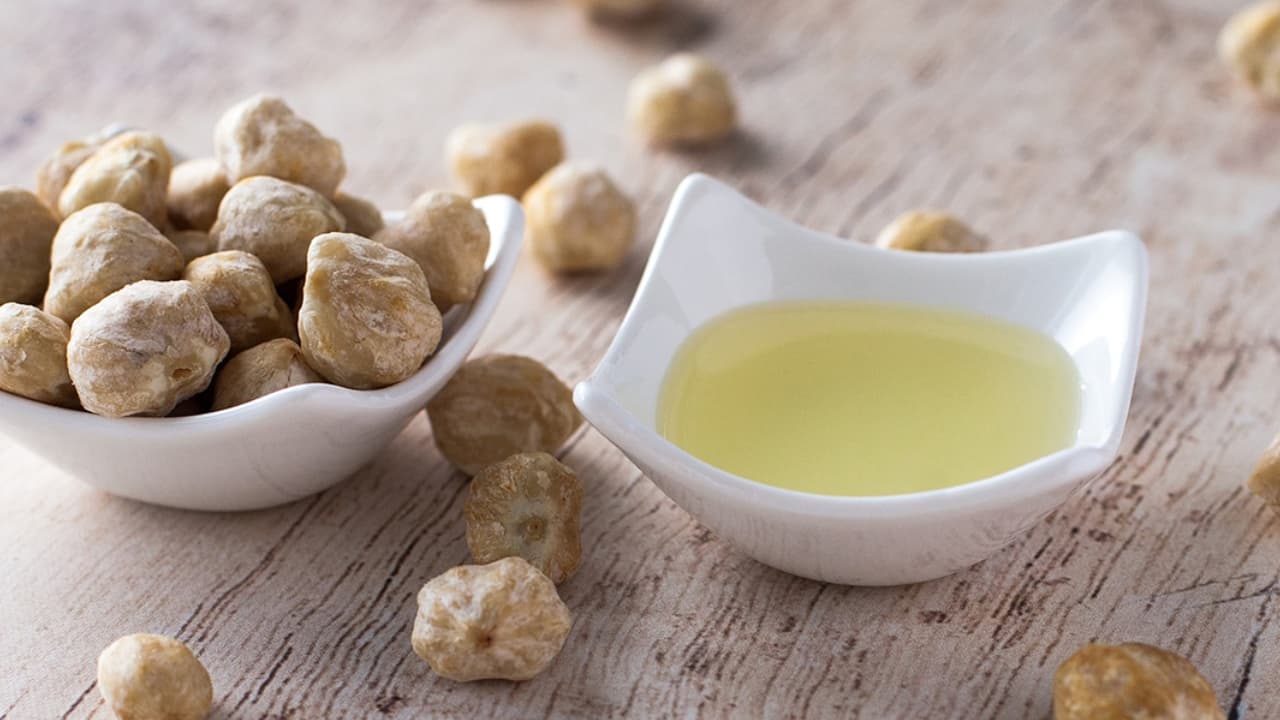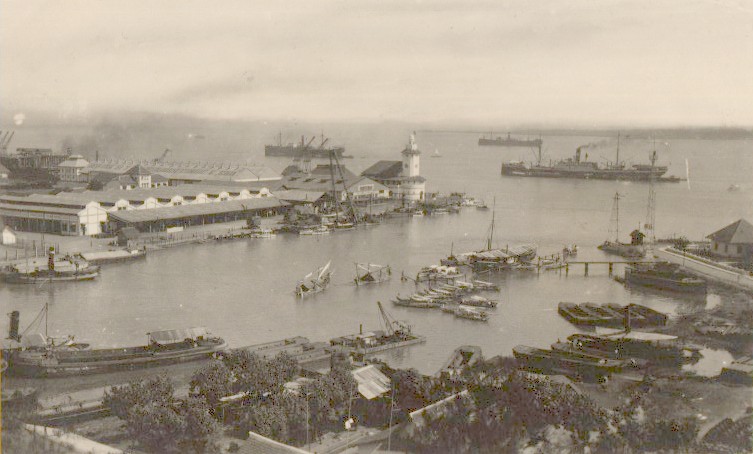
The Maluku’s spices that stole the world’s attention played a crucial role in creating the voyage and trade routes in the past. As a commodity in high demand, spices triggered the traders from the spice producer islands to find the source of spices outside Maluku.
It attracted the spice traders from the Maluku Islands to come to the west coast of Papua Island. So naturally, they targeted Fakfak as a nutmeg producer. There is an interesting fact about Papua nutmeg. There were two kinds of nutmeg here, the first one was the same type we would find in Banda Neira and the other was Fakfak Nutmeg that was slightly more oval and browner.
Afterward, traders from Makassar to Europe came to Raja Ampat Islands in the west part of Papua. They distributed the goods that the Papuans did not produce, either iron tools or textiles, imported from India or Java. They bartered the goods with sea products, from sea cucumbers, turtles to masoi, and nutmeg.
The Onin Peninsula was proof of Papua’s involvement in the spice trade routes in the 16th-17th century. Thus, the Sultanate of Tidore in the 17th century acknowledged a proprietary right upon Papua Island. Further, they crowned the kings with honorary titles as symbols to keep the tax and trade route monopoly.
The interactions within trades established the social relationship between Papua Island and travelers. The apparent proof came from the interracial marriages between the locals and the comers from outside the island. In his position handover memoir, A. Vesseur wrote that the kings of Onin Peninsula were all mixed race, for they married the women from Maluku and Buton.
Besides multi-ethnic territory, we can see another proof of the interaction from the intangible cultural heritage, such as Malam Pacar that still exists today. The Muslim people of the Onin Peninsula adopted this ritual from Arabic culture.
Another proof is the naming of settlements based on ethnicities; there are Chinatown, Seram Village, and Buton Village in the port cities of Onin Peninsula, namely Fak-fak, Kaimana, and Kokas. In addition, there is an Arab community in this territory.
For that reason, the Spice Routes program becomes prominent. Spice was not a mere commodity, for it carried impacts on shaping an area, people, and the remaining cultural heritage that we can feel today.
Source:
Webinar Menelusuri Jejak Jalur Rempah Papua on 25 September 2020 with Dr. Abd, Rahman Hamid, Dr. Rosmaida Sinaga , Dr. Hanro Yonatan, Idham Bactiar, PhD & Peter M. Apituley.
Text & Editor: Doni Ahmadi
Translator: Dhiani Probhosiwi










